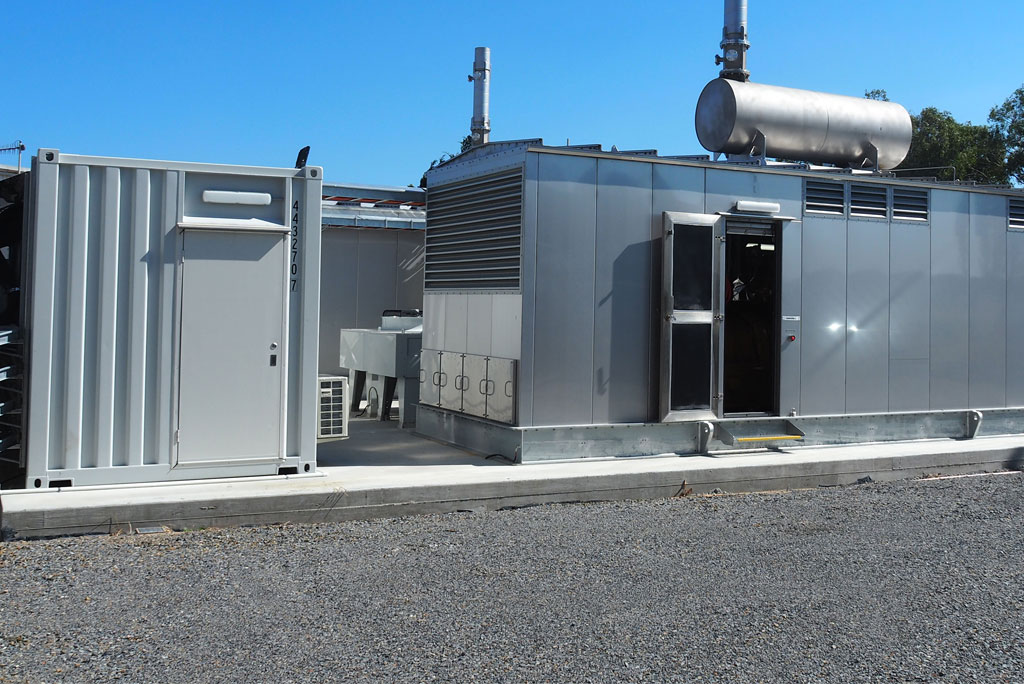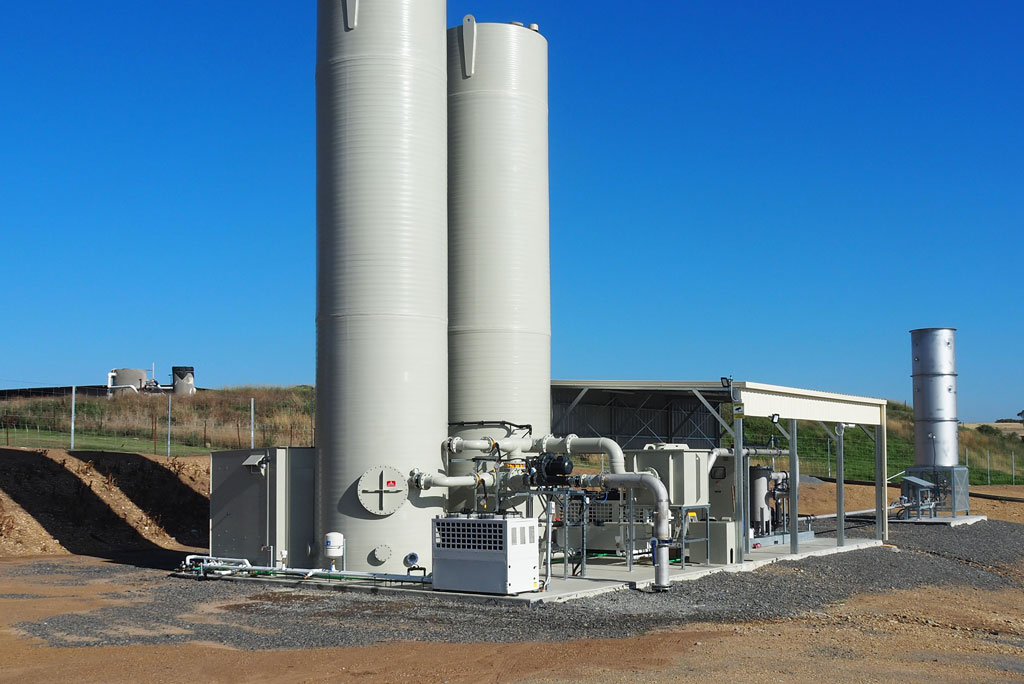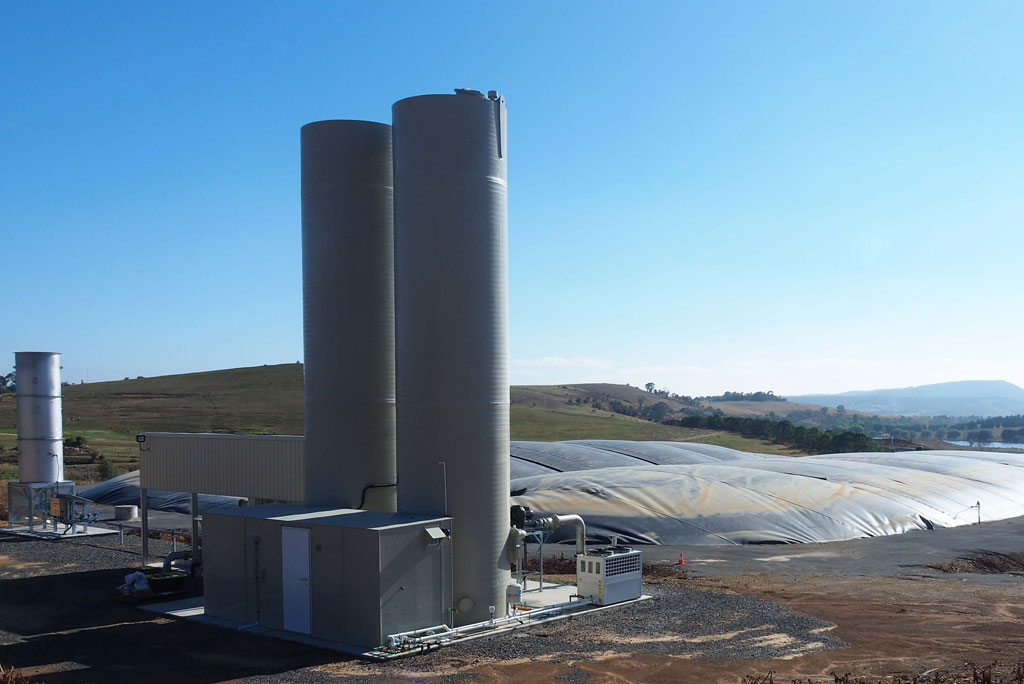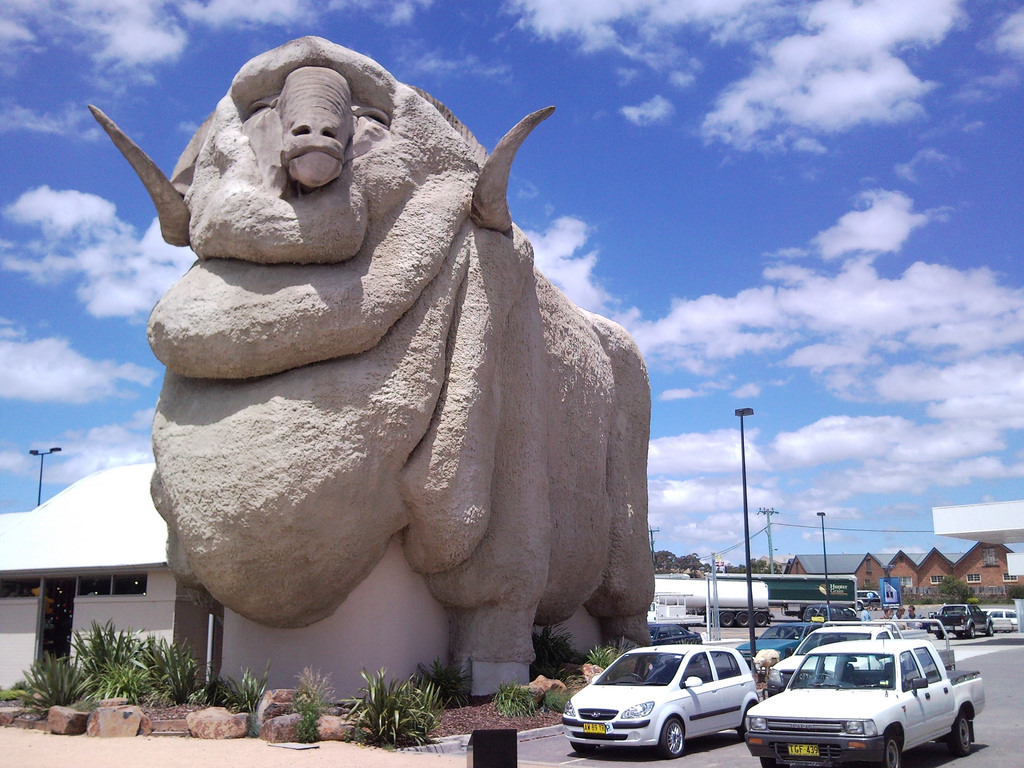Summary
The Goulburn Bioenergy project is led by ReNu Energy responsible for a Bioenergy Project at the Southern Meats Facility in Goulburn NSW.
Key results
This project built an anaerobic digester that captures biogas from the breakdown of effluent and organic waste from the Southern Meats abattoir. The gas is then fed into biogas generators to produce electricity for Southern Meats to operate their abattoir under a Power Purchase Agreement.
The project has the capacity to displace 75% of peak load and has the ability to draw mains gas to further meet peak loads
The project was built with a Build-Own-Operate-Maintain model (BOOM), ReNu Energy will sell power to the abattoir under a power purchase agreement (PPA). This will save the abattoir electricity costs whilst freeing up capital for the business.
Learn more
Project innovation
The Goulburn Bioenergy project converts waste from the Southern Meats abattoir into bioenergy that is then used to power it.
Benefit
The Project reduces site energy costs, methane emissions, and improves effluent quality.
In addition, the knowledge generated from the Project will enable agri-businesses and biowaste producers to make more informed decisions on the benefits of installing a biogas facility, the costs associated with a biogas facility and the different project structures available to implement a biogas development. The knowledge generated also will assist in streamlining the processes involved in the design, construction, commissioning and operation of other biogas systems.








